Both classic and Hellenistic wall and easel painting leave the most ambiguity today. The source of information about the painting of this era are the wall paintings of Roman houses, modelled on Hellenistic prototypes. Four colours were used in painting: black, white, red and brown. At the end of the classical period, Greek painting was already full of polychrome, that is, any number of dyes. The broken and muted tones were used (Majewski, 1956: 644).
Greek and Iranian influences seem to shape Mahayanist painting (and perhaps philosophical thought too). - (Foltz, 2010: 46)
The Sicyon school with the painter Pausias left behind works that have not survived to this day. It had a decisive influence on the shape of Pompeian painting. Innovative techniques have been introduced, including a landscape that creates a background for the characters in battle or hunting. It happened that the landscape dominated the figures, although this conclusion was based on Roman copies. (Boardman, 1992: 253). Sicyon is also a family town of Lysippos and here also studied Apelles, famous for the performances of Alexander and Aphrodite.
Already in antiquity, Apelles was considered the most outstanding painter. Today, however, we do not have any of his work to be able to refer to this opinion. He was active in Ephesus, on the island of Kos, and then, gaining the favour of Alexander of Macedon, he obtained the title and exclusivity for his portraits. The "duel" Apelles fought with Protogenes on Rhodes is famous. According to Pliny, arriving in the studio of Protogenes, but having missed him, Apelles painted a precise, thin line on belonging to the host easel and ordered the woman guarding the place to convey that Protogenes expected "this one here". Protogenes left a thinner line and instructed the guard to tell Apelles that "this is the one he is looking for." Protogenes considered himself defeated when Apelles achieved even better results. This image survived until 64 when it burned in a fire during Nero's rule.
"Calumny" is an allegorical picture that Apelles created inspired by the plot he became the subject of, and whose content we know from Lucian’s description. A man with big ears (allegory of Suspicion) sits to his right and reaches out to the Slander. Slander, running, pulls the hair of a frightened young man who calls the gods to witness his innocence. Next to Suspicion are Unconsciousness and Distrust. Slander leads the Envy, followed by Sorrow in the form of a woman with black robes, who looks with shame at the approaching Truth. Apelles' painting must have made a great impression on the recipients of his time, mainly due to the rich expression and mimics of the characters. The painting was inspired by the intrigue the artist fell victim to during his stay at the court of Ptolemy I.
Apelles' paintings were to be distinguished by the brightness of colours obtained by the use of glaze painting (Ostrowski, 1994). In the later period, Apelles began to introduce a dark glaze, which made the colours appear lighter. This glaze was called atramentum. Plinius reports that Apelles was a very productive artist who adheres to the motto of nulla dies sine linea - no day without a line. Although he acknowledged the superiority of other artists, eg Melantios in terms of composition, Apelles valued his ability to give works a specific grace. He was the first to paint characters placed back to the viewer.
Apelles had a fairly close relationship with Alexander the Great, but he avoided exaggerated subservience. He showed the king on numerous paintings, and in addition created images of an allegorical content: Alexander's Triumph, Tethered War, Tyche and Chiaris, and personified natural phenomena. Apelles eagerly painted animals, and according to Pliny, live horses reacted responsibly to seeing those painted by the master.
His most famous department was Aphrodite Anadyomene (emerging from the water), which after the purchase by Rome, hung in the Roman Forum. Given for centuries, Aphrodite has influenced the painting of the Hellenistic era. (Nowicka, 1988: 70-73). In this way he gave homage to Antipater of Sidon, a poet from the 2nd century BC:
It emerges from the maternal waters of the sea
Kypris, here in the painting of Master Apelles.
Look, she soaks her wet hair with her hand
Squeezing white foam out from the damp hair buds.
Today, Hera and Athena will declare to her:
We admit without trial that you are the most beautiful!
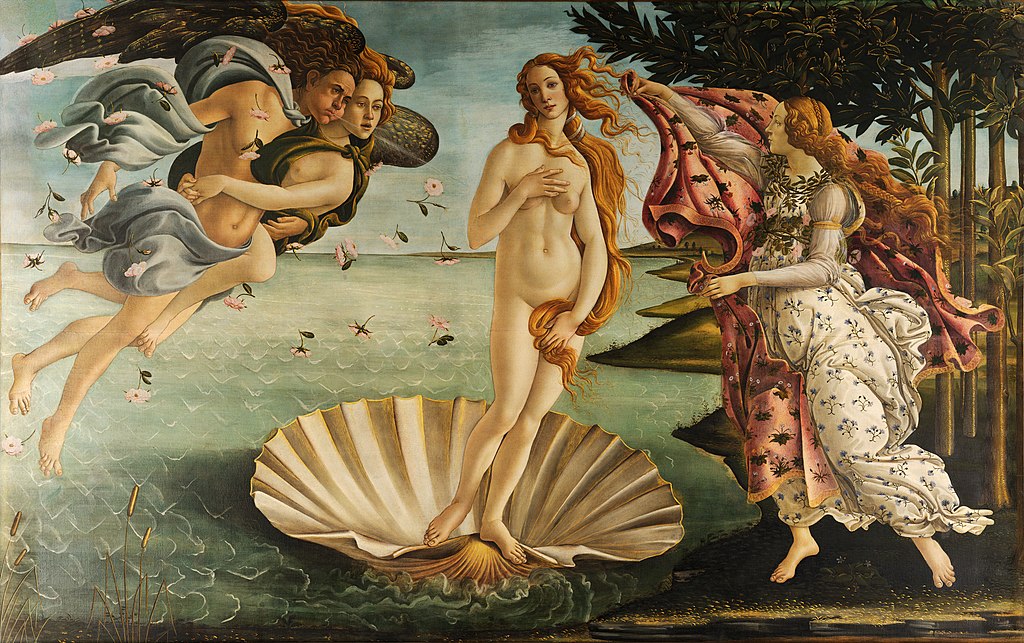
The Birth of Venus by Sandro Botticelli, c. 1486 made famous in a much-admired painting by Apelles, Author:Google Art Project License:public domain
References
Images: sources linked below
Photo: @highonthehog
Boardman, J.,The Diffusion of Classical Art in Antiquity, Princeton University Press, Princeton, 1992
Nowicka, M., From the history of Greek and Roman painting, PIW, Warszawa, 1988
Majewski, K. (red.), Kultura materialna starożytnej Grecji: wybór źródeł archeologicznych, PAN, Warszawa, 1956
Ostrowski, J. A., Słownik artystów starożytności, Książnica, Poznań, 1994
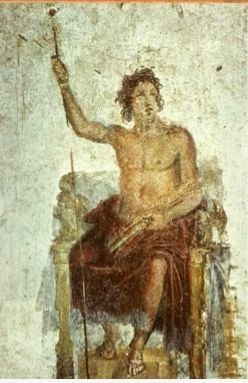
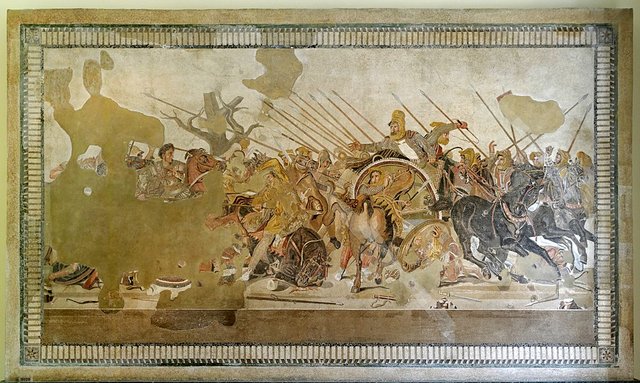
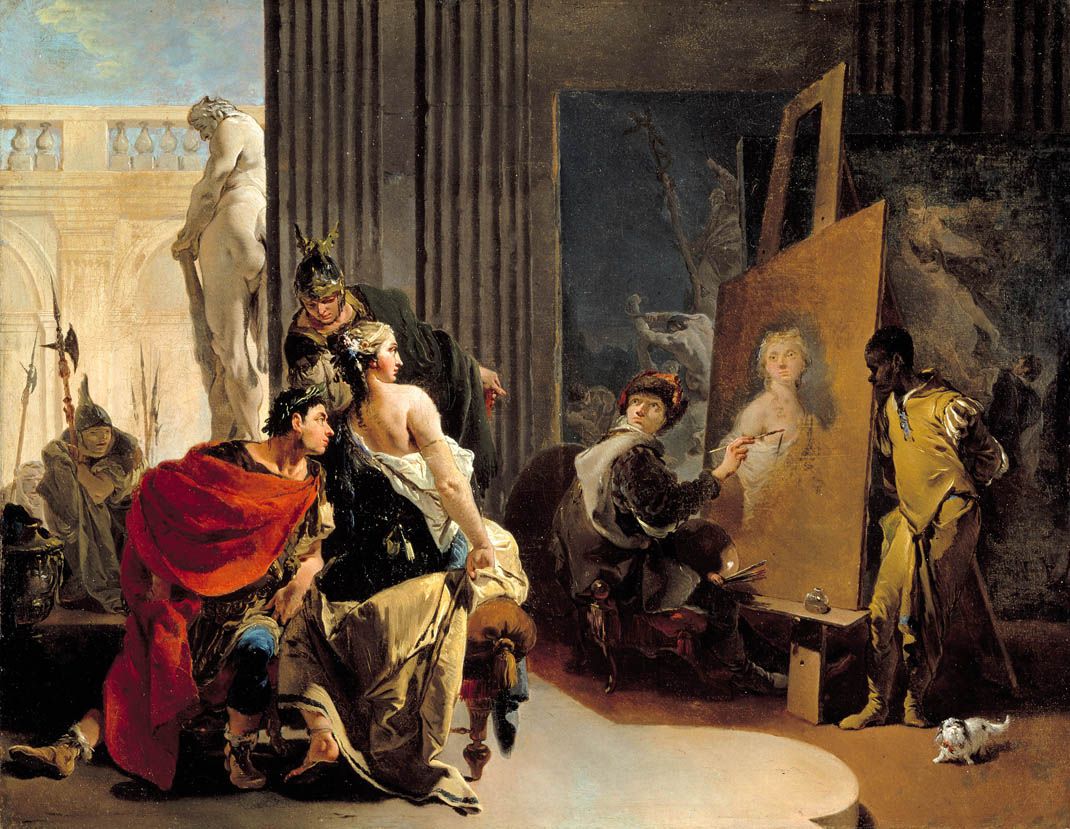
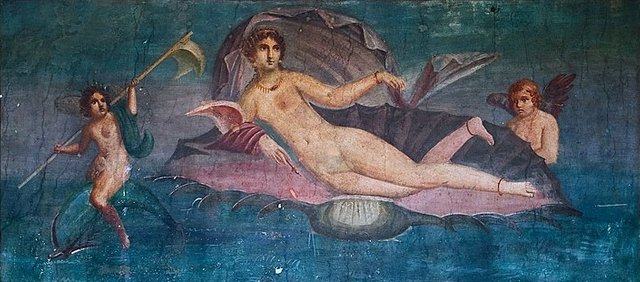

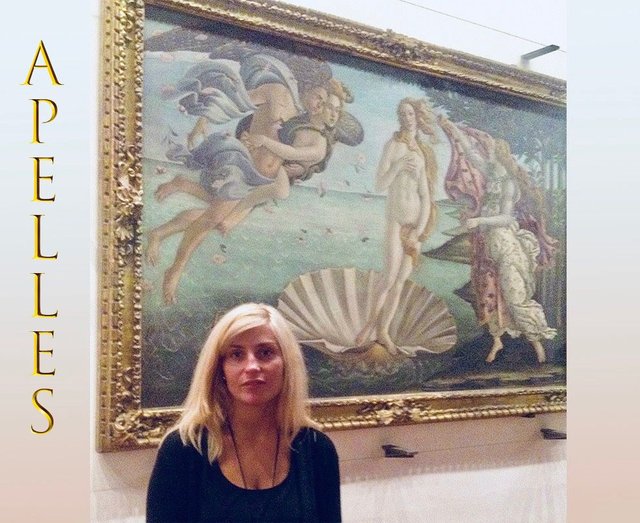
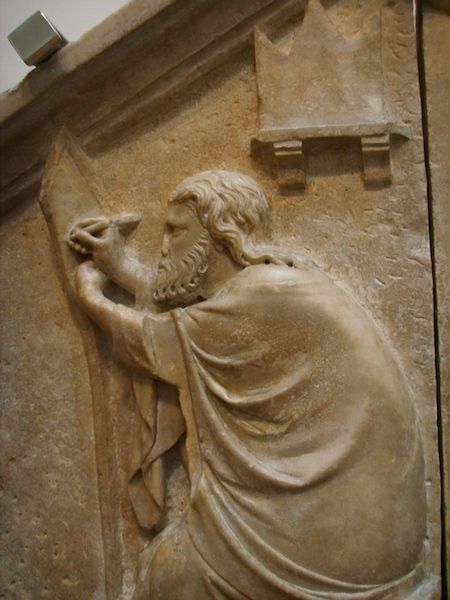
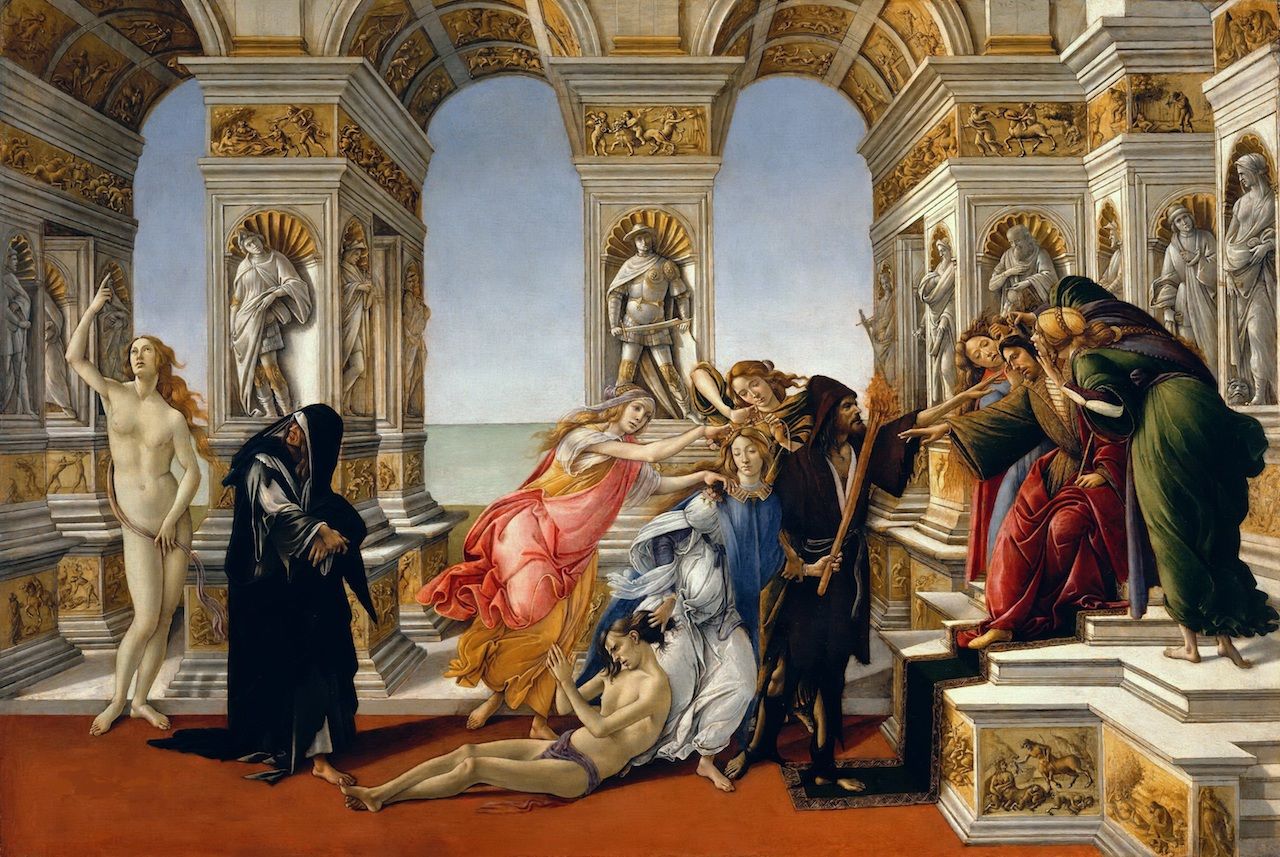
DISCLAIMER: dropahead Curation Team does not necessarily share opinions expressed in this article, but find author's effort and/or contribution deserves better reward and visibility.
to maximize your curation rewards!
with SteemConnect
12.5SP, 25SP, 50SP, 100SP, 250SP, 500SP, 1000SP
Do the above and we'll have more STEEM POWER to give YOU bigger rewards next time!
News from dropahead: How to give back to the dropahead Project in 15 seconds or less
Roma was known as "Caput Mundi", that are two Latin words:
I hope you like what I have written.
Ummm Nice Pic ;)
hehehe, thanks, well i was not sure if it is a good choice but this was the only one related to the topic :P